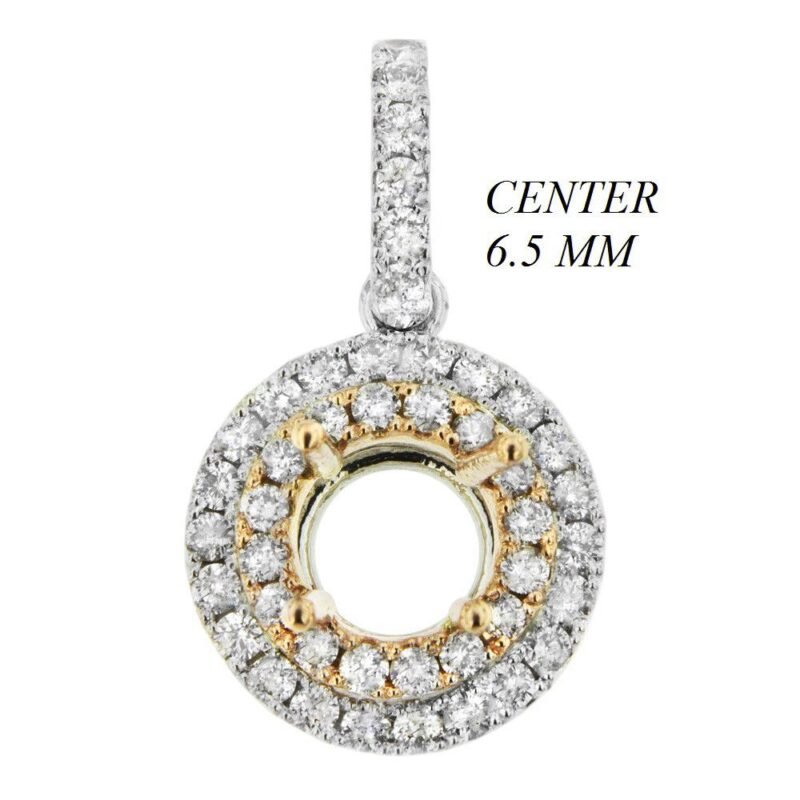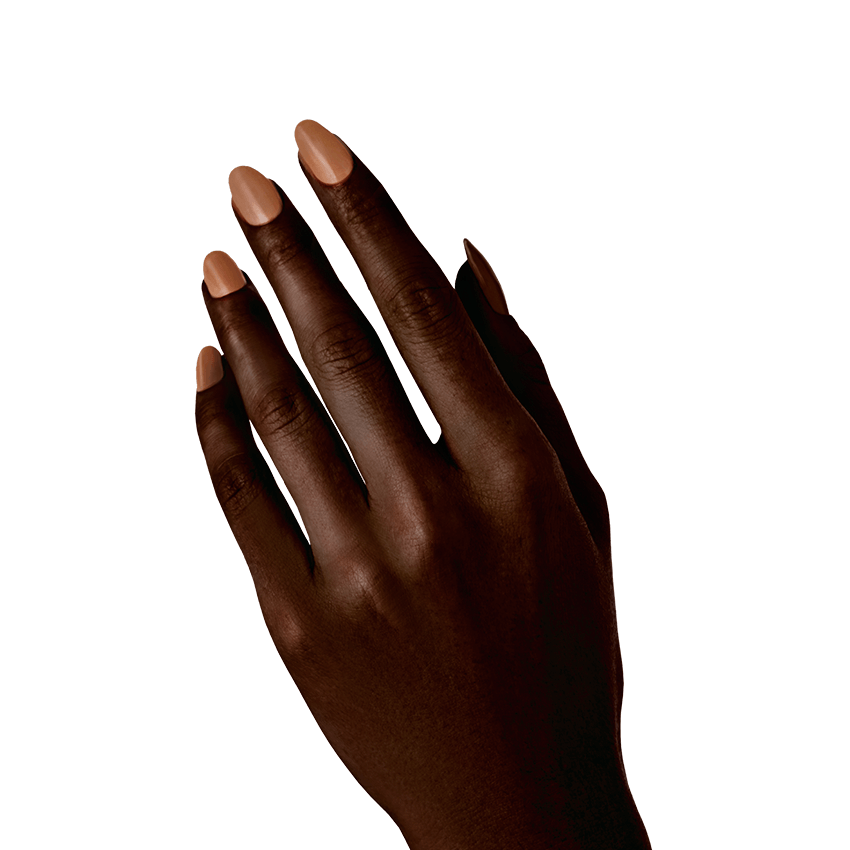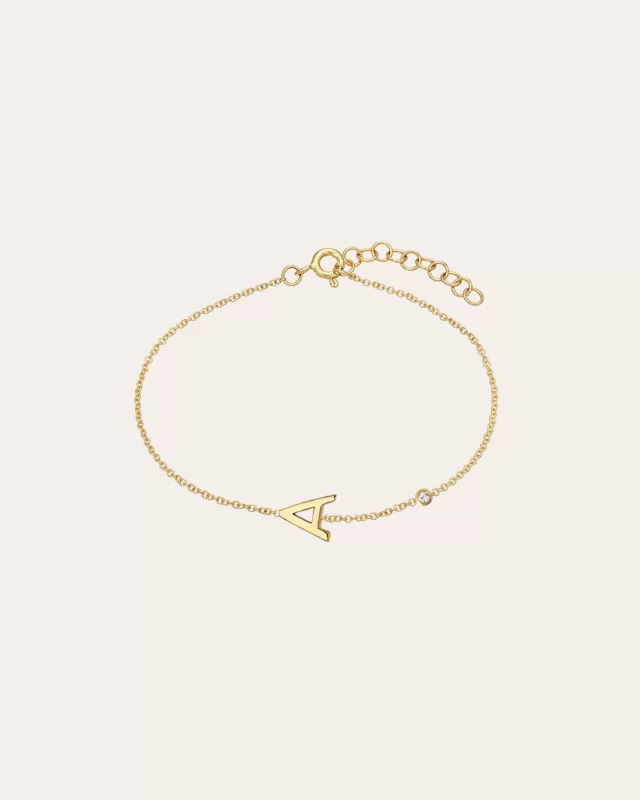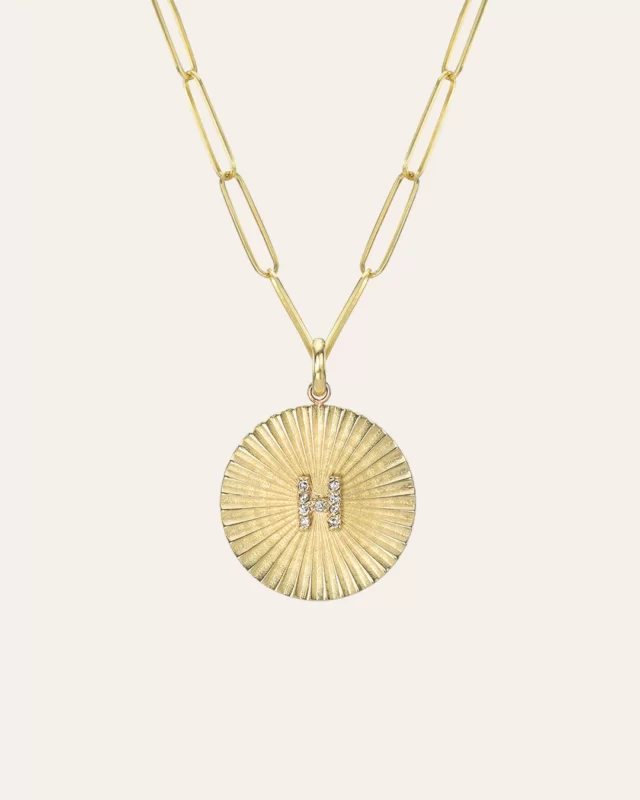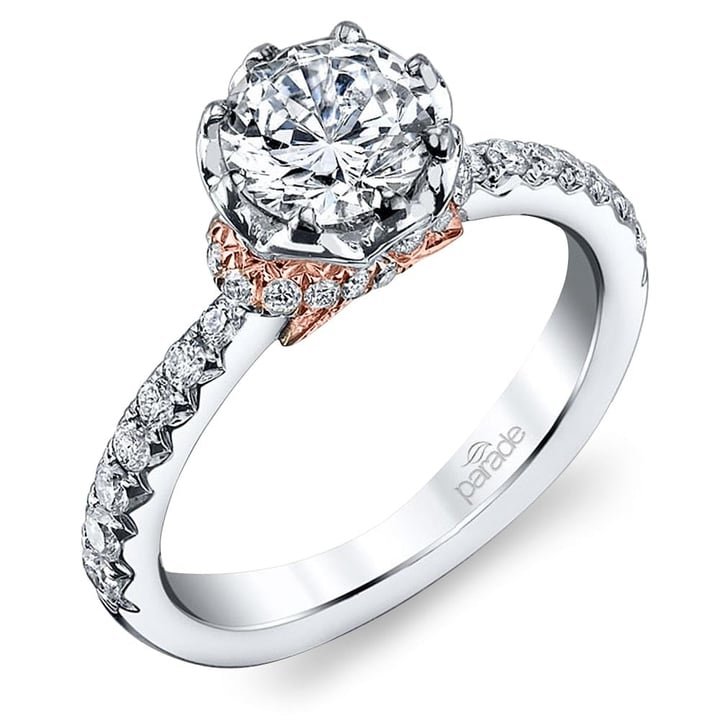Diamond Clarity

Diamond clarity refers to internal and external characteristics in a diamond, commonly known as inclusions and blemishes. An inclusion is an internal or external characteristic or flaw that occurs during the Earth's natural process of diamond formation and can affect the diamond's overall appearance and value. Most diamonds contain inclusions that are not visible to the naked eye.
The Gemological Institute of America (GIA), one of the most reputable gemological laboratories, has established a standard grading scale for diamond clarity ranging from Flawless to Included. This clarity scale measures the amount and locations of inclusions in a diamond. The fewer inclusions and blemishes a diamond has, the higher its clarity grade is based on the GIA diamond clarity scale.

Very Slightly Included (VS1 - VS2)

Slightly Included
(SI1 - SI2)

Included
(I1 - I3)

Flawless (FL), Internally Flawless (IF)
Internally Flawless (IF) diamonds may contain external characteristics (also known as blemishes) that are extremely difficult to view at 10x magnification on the stone’s surface, if at all, whereas Flawless (FL) is the best clarity of a diamond as it does not contain any inclusions or blemishes, under the scrutiny of 10x magnification.

Very Very Slightly Included (VVS1, VVS2)
Although the name is seemingly redundant, Very Very Slightly Included (VVS1, VVS2) diamonds earn this grading because, unlike their Flawless or Internally Flawless brethren, they do contain inclusions that are so minute that they’re extremely difficult to locate under 10x magnification used by expert gemologist to determine a stones clarity.

Very Slightly Included (VS1, VS2)
Like their higher graded counterparts, VS1 and VS2 diamonds also contain minute inclusions, such as clouds, crystals, or feathers, but, unlike Very Very Slightly Included diamonds, Very Slightly Included stones’ inclusions, though miniscule are only just difficult to locate with 10x magnification, rather than being extremely difficult.

Slightly Included (SI1, SI2, SI3)
Even without 10x magnification, Slightly Included diamonds (SI1, SI2, SI3) contain inclusions that are noticeable to the human eye such as clouds, knots, crystals, cavities, and feathers. However pronounced and numerous there are without magnification, thought, is what determines a diamond is either Slightly Included or fully Included.

Included (I1, I2, I3)
Diamonds that are graded as Included (I1, I2, I3) contain very obvious inclusions that can usually be seen with the naked eye, and even more underneath 10x magnification. Included diamonds sometimes display poor transparency and lack of brilliance due to excessive clouds, feathers, knots, cavities and crystals large and deep enough to be confused for smudges or cracks. In spite of these blemishes, Included diamonds are still able to sell well enough, in spite of being considered undesirable as compared to a higher clarity graded stone.
What to Look for in Clarity
Below are some points to consider when selecting your desired clarity rating

Flawless Diamonds
Those who prefer a diamond with little or no inclusions will likely choose a clarity rating of FL-IF or VVS. Although they are priced higher, these high-quality diamonds boast a near-perfect appearance.
Choosing Very Slight Inclusions (VS)
While still considered high quality, diamonds rated in the VS clarity range will not cost as much as more premium clarities. VS diamonds will contain inclusions that are undetectable to the unaided eye.


Slightly Included (SI)
Considered by many to be a great value, SI1-SI2 diamonds will contain inclusions that can be detected with magnification, yet are typically undetectable to the unaided eye and do not detract from the beauty of the diamond.
If you are considering a diamond with an SI rating, contact a Brilliance diamond and jewelry expert to ensure the inclusions are not visible to the naked eye.
Going with a Large Diamond
Those who desire large carat weights at lower prices may choose diamonds in the SI3-I1 clarity range. Inclusions in these stones are usually noticeable without magnification.


Location, Location, Location
The location of a diamond’s inclusions significantly impacts the stone’s clarity rating.
External and internal characteristics hidden near the side facets of a diamond detract from its beauty less than inclusions and blemishes located in the center of the diamond.
Diamond Clarity FAQs
Inclusions are minor imperfections found within the structure of the diamond. They are formed when other minerals or microscopic characteristics get trapped inside the diamond during its formation process. Conversely, blemishes are external flaws that occur during cutting, polishing, or other handling processes.
Inclusions cannot be removed or eliminated from a diamond. Once formed, they are considered permanent surface characteristics of the stone. However, skilled diamond cutters can minimize the visibility of certain inclusions during the cutting and shaping process.
The clarity of a diamond somehow affects its visual appearance. Diamonds with higher clarity grades are more likely to be free from visible inclusions and blemishes, resulting in a cleaner, more brilliant appearance. While diamond clarity is an important consideration, it's just one factor among several that contribute to a diamond's overall beauty and value. It's crucial to balance clarity, budget, and personal preferences to select a diamond that meets your desired criteria.
No, most inclusions are not visible to the naked eye. Most diamonds have inclusions or blemishes that require magnification, such as a jeweler's loupe (10x) or microscope, to be seen.
An "eye clean" diamond is a diamond that appears free from visible inclusions or blemishes to the naked eye when viewed under normal lighting conditions. However, the term "eye clean" is subjective and can vary from person to person based on their visual acuity and personal standards. Typically, diamonds with clarity grades of Very Slightly Included (VS1 and VS2) and higher are more likely to be eye-clean. When purchasing a diamond, it's essential to consider your visual acuity and preferences to determine what clarity is acceptable for you.
Gemologists use 10x magnification to assess a diamond's clarity. They examine the stone under proper lighting conditions and identify any inclusions or blemishes and their locations. They issue a clarity grading based on the inclusions (or lack thereof).
No, the clarity grade of a diamond does not directly affect its brilliance. Clarity refers to internal and external flaws, while brilliance and sparkle are influenced by a diamond's cut and how light interacts with it.
Flawless and internally flawless diamonds are extremely rare and highly valued. While they are stunning in clarity, their high prices may only sometimes be justifiable if you prioritize diamond clarity over other factors.
Choosing a diamond with a clarity grade that appears clean to the naked eye is highly recommended without paying a significant premium for higher grades. Diamonds in the Very Slightly Included (VS1 and VS2) and Slightly Included (SI1 and SI2) categories often balance value and appearance well. Each diamond is unique, and personal preferences can vary, so the best diamond clarity grade is the one that meets your desired level of quality and value within your budget.
Certain diamond shapes are better at hiding clarity flaws than others due to their facet arrangement and cutting styles. The brilliant round cut, princess cut, oval cut, cushion cut, and Asscher cut diamonds are a few examples. While these diamond shapes have features that can hide clarity flaws, it does not guarantee that all diamonds of these shapes will be completely free of visible inclusions. When selecting a diamond, it's advisable to scrutinize it and consult a reputable jeweler or gemologist who can provide expert guidance based on your preferences and priorities.


